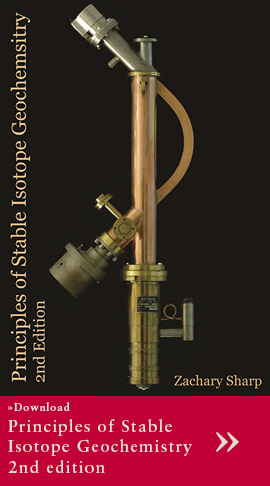The Moon is depleted in volatile elements relative to the Earth due in part from vaporization and volatile loss throughout the Lunar Magma Ocean (LMO). Additionally, lunar materials exhibit large ranges in chlorine isotope compositions (δ37Cl) that are not observed on Earth, thought to result from the preferential loss of light isotopes to space (35Cl). It would be expected that high δ37Cl values would be measured in materials with the lowest Cl concentration. Enigmatically, however, apatite geochemistry suggests that the Cl-poor lithologies (typically mare basalts) have the lowest range of δ37Cl values, whereas the Cl-rich lithologies (typically KREEPy) have the highest range in δ37Cl values. Although the Cl isotope compositions are achievable by degassing following Rayleigh fractionation and Graham’s law diffusion, such that the fractionation factor (α) is proportional to the ratios of the isotopologues of interest (i.e. Fe35Cl2/Fe37Cl35Cl) this does not account for why the most Cl-rich lithologies have the highest δ37Cl values. The underlying assumption that is made, however, when discussing the δ37Cl values of lunar materials relative to their Cl concentrations is that all materials had the same initial Cl content. A more appropriate comparison may be the loss of light volatile elements relative to heavy ones of similar geochemical affinity (i.e. Cl/Br and Cl/I). We intend to address why the most Cl-rich lunar lithologies tend to exhibit the largest ranges in δ37Cl values by measuring the halogen contents and Cl isotope compositions of lunar materials.
Halogen Isotope Geochemistry of Lunar Materials
Conference:
Lunar and Planetary Science Conference, Houston, TX
Date:
March, 2019


